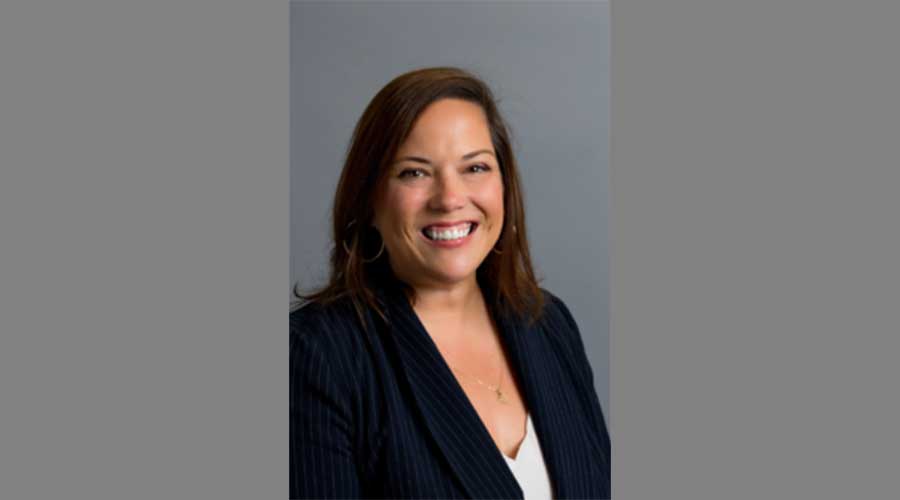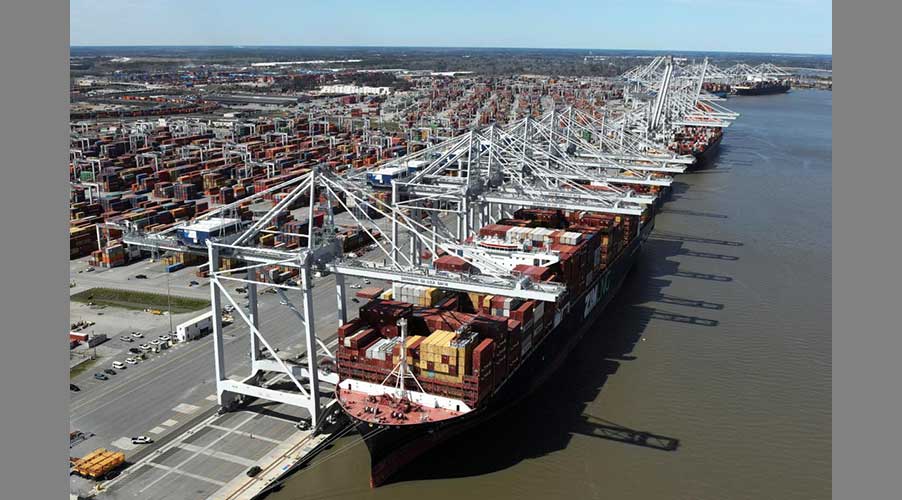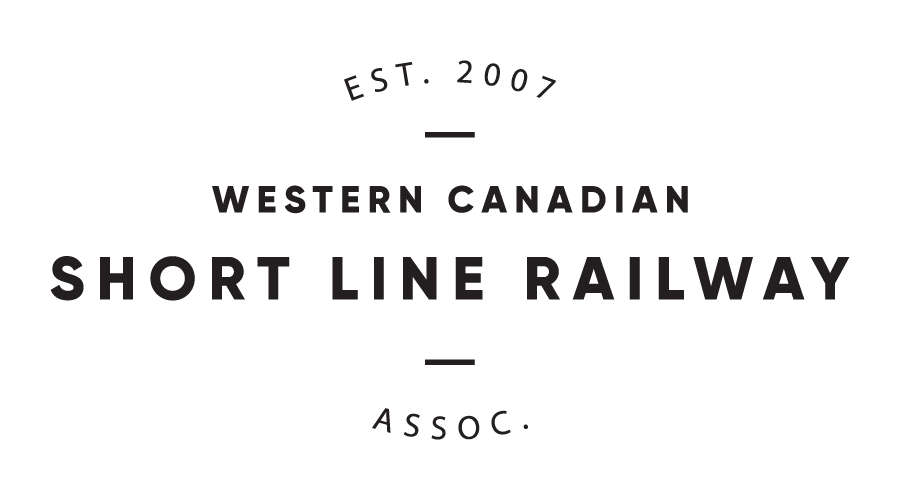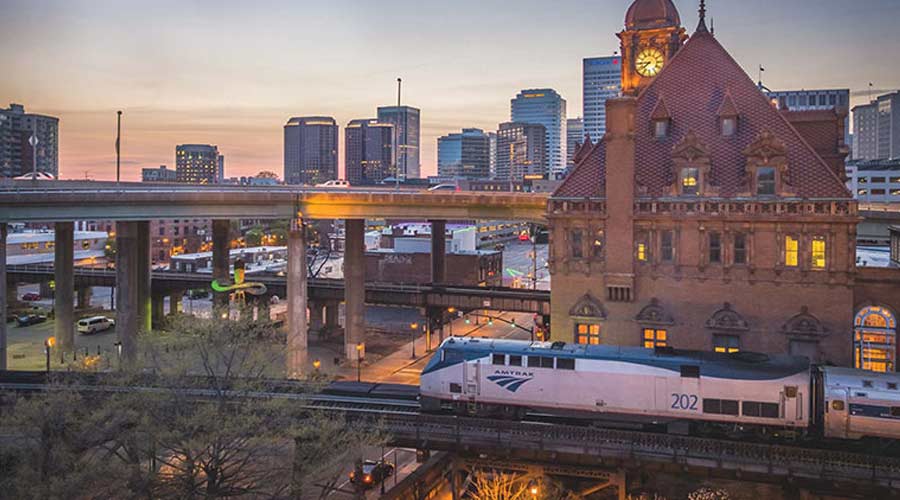Stay updated on news, articles and information for the rail industry
2/5/2019
Rail News: Safety
NTSB updates list of most wanted safety improvements
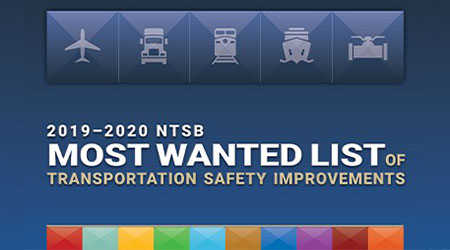
The National Transportation Safety Board (NTSB) yesterday unveiled its 2019-20 list of most wanted transportation safety improvements.
Launched in 1990, the most wanted list serves as a primary advocacy tool to help save lives, prevent injuries and reduce property damage resulting from transportation accidents, NTSB officials said in a press release. In 2017, the NTSB changed it from an annual to biennial list to provide list developers and recipients more time to implement recommendations, some of which are longstanding safety issues the board believes continue to threaten the traveling public.
The 10 items on the 2019-20 list are:
• eliminate distractions;
• end alcohol and other drug impairment;
• ensure the safe shipment of hazardous materials;
• fully implement positive train control (PTC);
• implement a comprehensive strategy to reduce speeding-related crashes;
• improve the safety of certain aircraft flight operations;
• increase the implementation of collision avoidance systems in new highway vehicles;
• reduce fatigue-related accidents;
• screen for and treat obstructive sleep apnea; and
• strengthen occupant protection.
The following six items are repeated from the 2017-18 list: eliminate distractions; reduce fatigue-related accidents; end alcohol and other drug impairment; ensure the safe shipment of hazmats; increase the implementation of collision avoidance systems; and strengthen occupant protection.
In terms of hazmat safety, the NTSB is calling on the rail industry to meet existing federal deadlines for replacing or retrofitting tank cars. Failure to meet safety standards by or ahead of deadlines places communities near tracks at unacceptable risks, board members believe.
As for PTC, the technology must be fully implemented before the extended end-of-2020 deadline to ensure the safety of rail passengers and the people who live and work near tracks, according to a summary of recommendations.
There are 267 open safety recommendations associated with the current most wanted list and the board is focused on implementing 46 of them within the next two years, NTSB officials said. The majority of the recommendations — roughly two-thirds — seek critical safety improvements by means other than regulation, they said.
"We at the NTSB can speak on these issues. We can testify by invitation to legislatures and to Congress, but we have no power of our own to act," said NTSB Chairman Robert Sumwalt. "We are counting on industry, advocates and government to act on our recommendations."


 LRW Honors Amtrak’s Acheson As Railway Woman Of The Year
LRW Honors Amtrak’s Acheson As Railway Woman Of The Year
 From Editor-In-Chief Foran: Of Gender Equity And Inclusion
From Editor-In-Chief Foran: Of Gender Equity And Inclusion
 Spotlight On Some Of Today’s Rail Safety Products
Spotlight On Some Of Today’s Rail Safety Products
 Women of Influence in Rail eBook
Women of Influence in Rail eBook
 railPrime
railPrime




